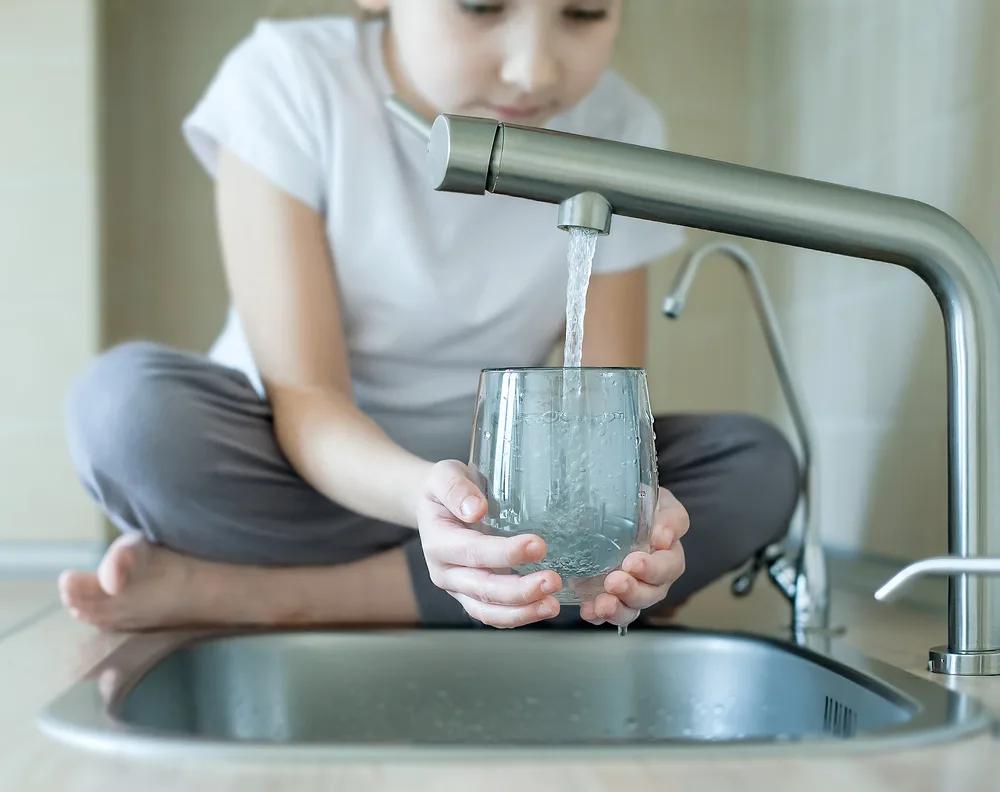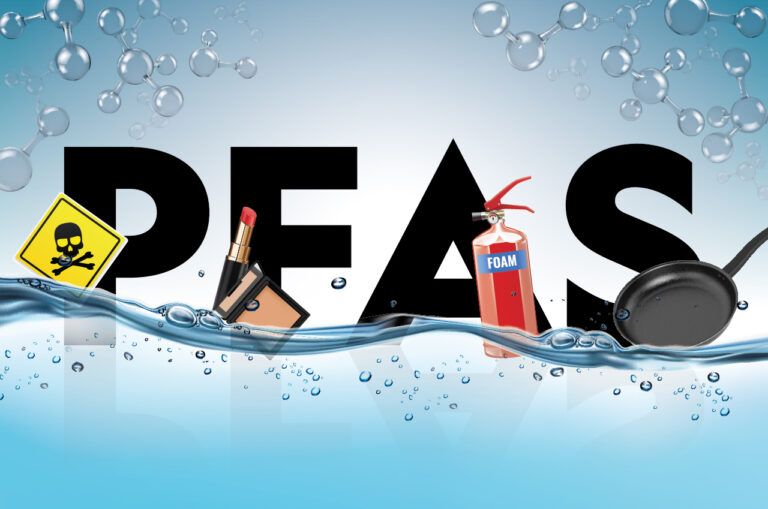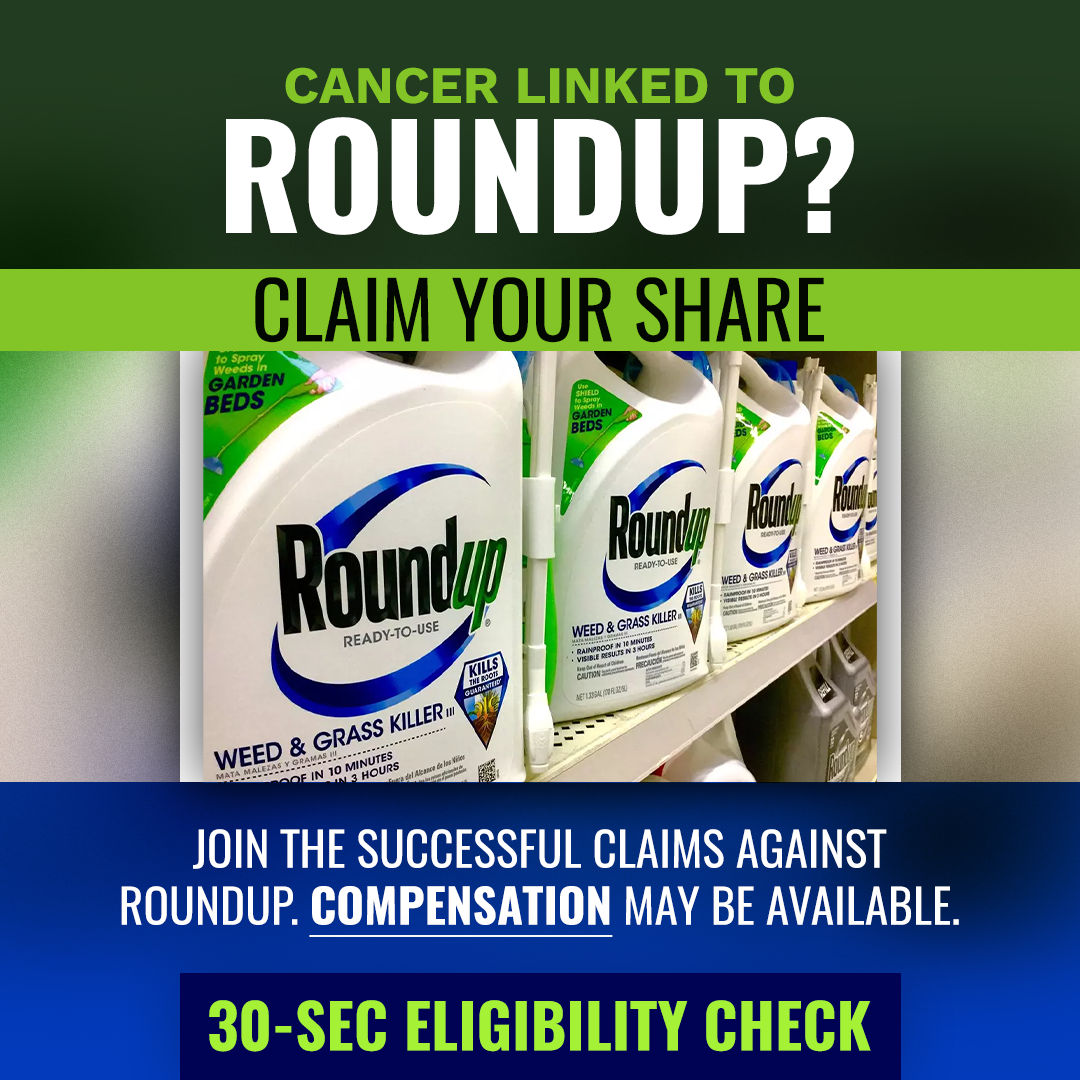Is Your Tap Water Poisoning You? (Do This)

Is There Lead & Arsenic In Your Tap Water?
Is your tap water truly safe? The water we rely on daily for drinking, cooking, and bathing may contain harmful chemicals that can affect our health long-term. Among these hidden contaminants are per- and polyfluoroalkyl substances, commonly known as PFAS, which are now widely recognized as "forever chemicals."

GET MY FREE WATER TEST
-
Eliminate Harmful Chemicals, Including PFAS
-
44 Million People Have PFAS Contamination
-
Nationwide Across All 50 States
Are There PFAS in Your Tap Water?
Protect Your Health With a Free Water Test
PFAS are man-made chemicals found in countless products, from non-stick cookware to waterproof clothing and fire-fighting foams. Known for their durability, PFAS are difficult to break down, which means they accumulate in the environment—and in our bodies. It’s estimated that over 44 million Americans could have PFAS-contaminated water. With the EPA and other agencies confirming the prevalence of these chemicals, you might be wondering if you’re one of them. Fortunately, finding out is simple and free.
Eliminate Harmful Chemicals, Including PFAS: What You Can Do Today
The risks of PFAS exposure are alarming. Studies link these chemicals to liver damage, thyroid disease, immune issues, and even certain cancers. Other contaminants, like lead and arsenic, can also find their way into our water, posing additional health risks. So, what can you do?
The first step is to get a free water test. Many organizations now offer free tap water tests, which can reveal the presence of PFAS, lead, arsenic, and other contaminants. This test can quickly tell you if your water is safe—or if it’s time to take action.
Is Your Tap Water Poisoning You?
It’s natural to assume that municipal water supplies are thoroughly checked and safe. Yet, recent investigations have found dangerous levels of PFAS in 2,300 locations across all 50 states, affecting water sources in cities and rural areas alike. Shockingly, about 75% of Americans are estimated to have some level of PFAS in their water supply.
For peace of mind, take 60 seconds to see if you qualify for a free water test. It’s a small step that could make a big difference in protecting your health and your family’s well-being.
Protect Your Family With a Free Tap Water Test
A free water test is an easy way to check for dangerous contaminants. If you’ve ever wondered if your water is truly safe, now is the time to find out. Just one test can reveal a range of potential hazards, from PFAS and lead to other harmful chemicals.
Are you drinking PFAS? Find out now and take the necessary steps to keep your loved ones safe. Simply click below to receive your free water test and take the first step toward a healthier future.
What Can You Do If PFAS or Other Contaminants Are Found in Your Water?
If harmful chemicals like PFAS, lead, or arsenic are detected, don’t panic. There are effective ways to protect yourself and your family:

GET MY FREE WATER TEST
-
Eliminate Harmful Chemicals, Including PFAS
-
44 Million People Have PFAS Contamination
-
Nationwide Across All 50 States
Why Are PFAS Dangerous, and How Did They Get Into Our Water Supply?
PFAS, short for per- and polyfluoroalkyl substances, are synthetic chemicals that have been used since the 1940s in various industrial applications and consumer products. They’re in everything from firefighting foam to food packaging, waterproof clothing, and even household items like carpets and upholstery. PFAS are often called "forever chemicals" because they don’t break down easily in the environment or in our bodies, meaning they accumulate over time.
These chemicals enter our water supply through manufacturing waste, landfill runoff, and even through consumer products that release PFAS into the soil and water. Once they’re in our water sources, it’s incredibly challenging to remove them with traditional municipal filtration methods.
What Are the Health Risks of PFAS Exposure?
Long-term exposure to PFAS has been linked to numerous health issues. The Environmental Protection Agency (EPA) and multiple health studies suggest that PFAS exposure can lead to:
Could Other Contaminants Be in Your Tap Water?
While PFAS are concerning, they’re not the only chemicals to be wary of in tap water. Lead, arsenic, nitrates, and other contaminants can also enter the water supply through old pipes, agricultural runoff, and industrial pollution. Each of these contaminants poses unique health risks:
How Do Free Water Tests Work?
A free water test is usually provided by a trusted service or agency that specializes in water quality. Here’s what you can expect from the process:
What Can You Do If PFAS or Other Contaminants Are Found in Your Water?

GET MY FREE WATER TEST
-
Eliminate Harmful Chemicals, Including PFAS
-
44 Million People Have PFAS Contamination
-
Nationwide Across All 50 States




